Church of St Mary-at-Hill
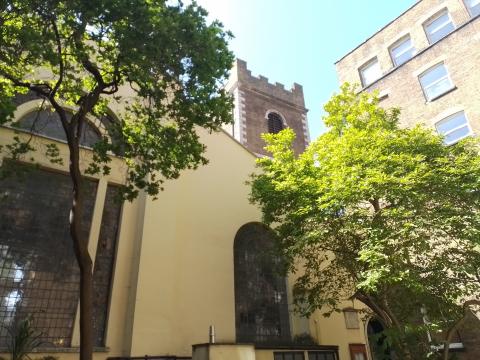
The church of St Mary-at-Hill in central London was described by John Betjeman:
This is the least spoiled and the most gorgeous interior in the City, all the more exciting by being hidden away among cobbled alleys, paved passages, brick walls, overhung by plane trees…
That was before the fire of 1988. St Mary’s had previously been damaged by the Great Fire of 1666 but some of it had survived, and it was providentially spared Hitler’s bombs in the 1940s, that other great historical opponent of London’s beautiful church buildings. In 1988, though, a fire caused the roof to collapse as well as damaging many of the fixtures and fittings. Online source suggest they are still in storage. Instead, there is now a sparseness about it, the few dozen modern red chairs providing an unpleasant contrast with the finely decorated walls and restored ceilings.
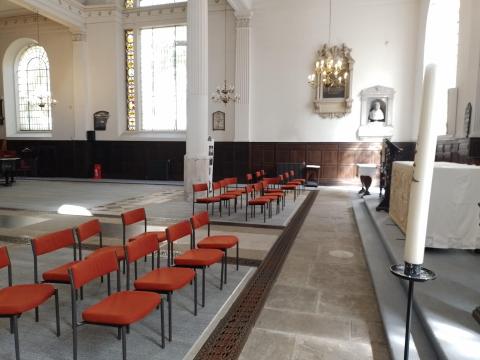
Perhaps the church has become a reflection of one of its wall monuments. Henrietta Vickars died in 1730, and of her it is said:
She greatly excelled in kindness but by no means good looks…in the last days smhe shall rise more beautiful than the beautiful day itself.
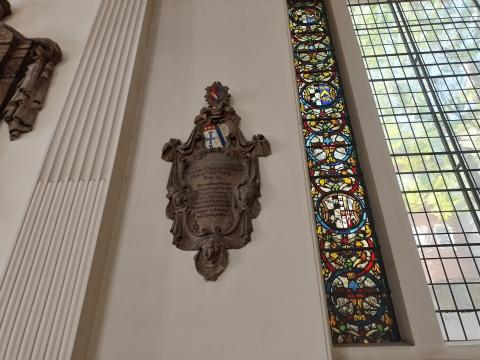
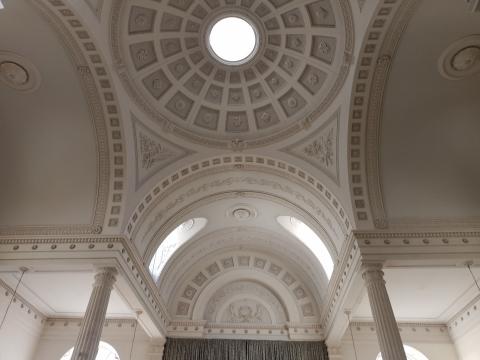
I cannot account for the absence of those lovely furnishings after nearly four decades, but there is always a sense in which God’s church is a pale reflection of what she ought to be as well as what she shall one day become. We are incomplete, unfinished and imperfect…but one day, we shall be the opposite of all three. St Mary’s may or may not get back her lovely, dark wooden pulpit, but the wider church of Christ shall be given a glory never previously experienced - on that Day:
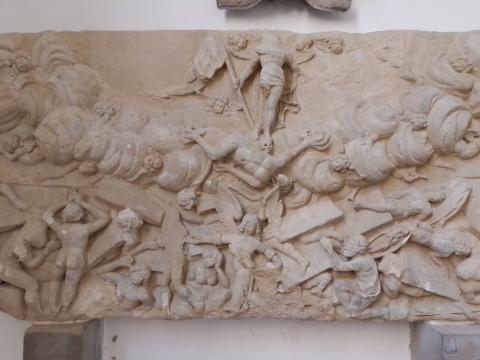
When He comes, in that Day, to be glorified in His saints and to be admired among all those who believe, because our testimony among you was believed. 2 Thessalonians 1:10
- Log in to post comments


 Sunday Worship 10.45am & 6.00pm
Sunday Worship 10.45am & 6.00pm